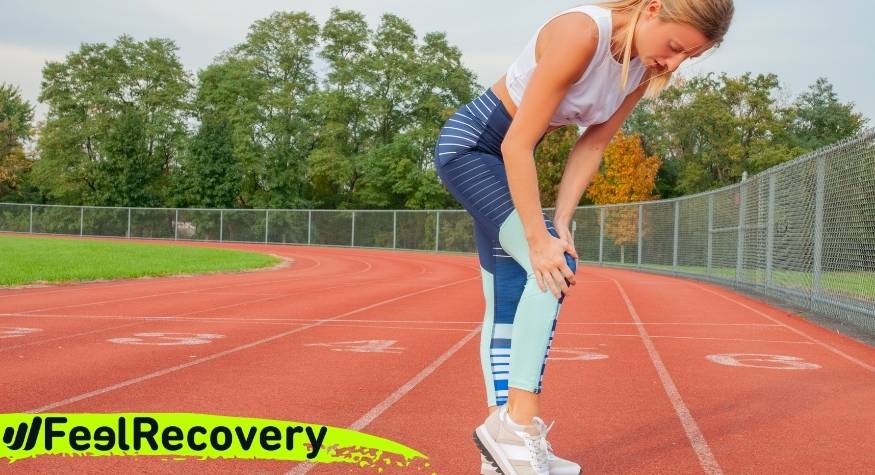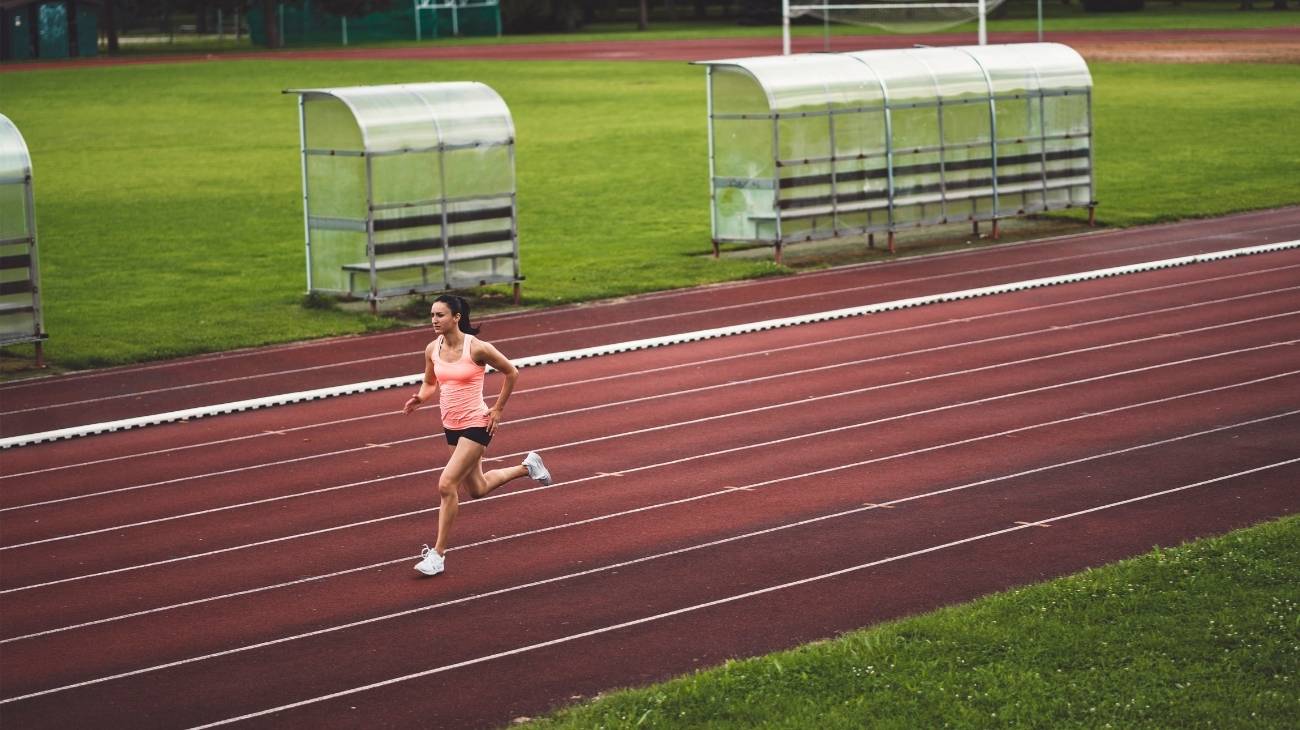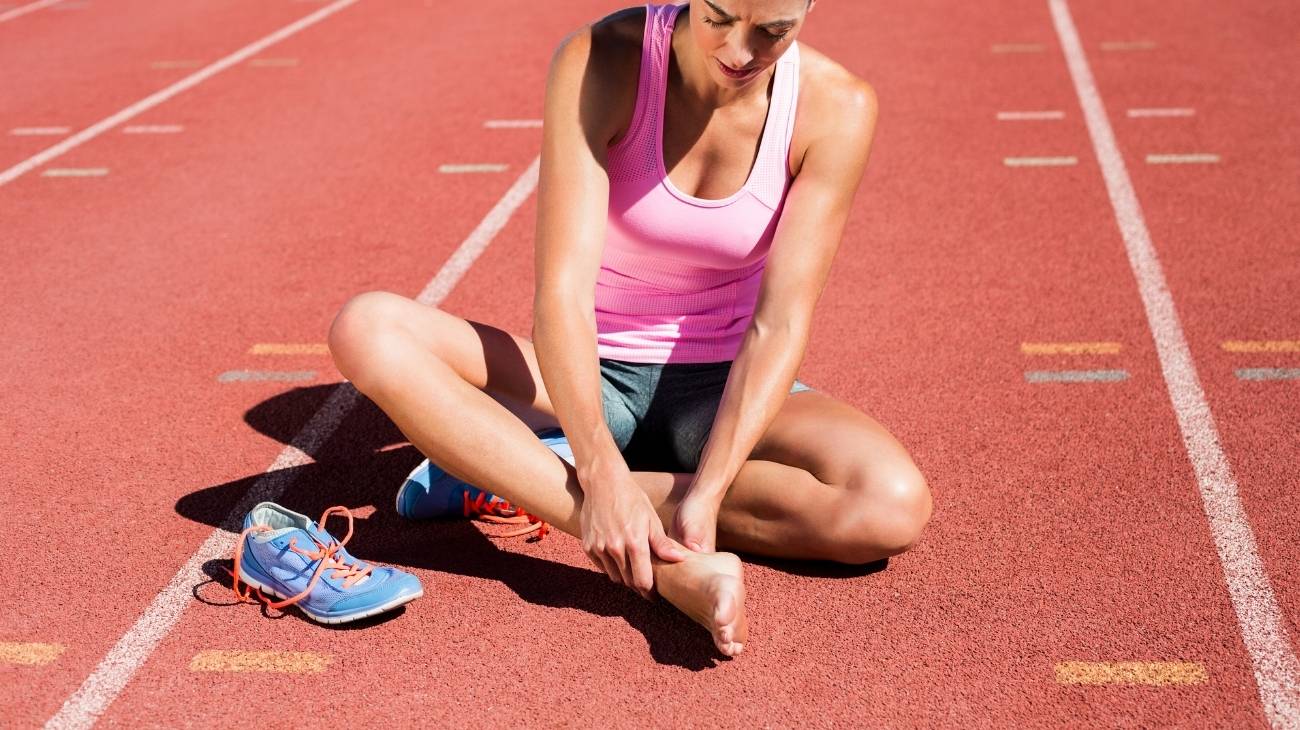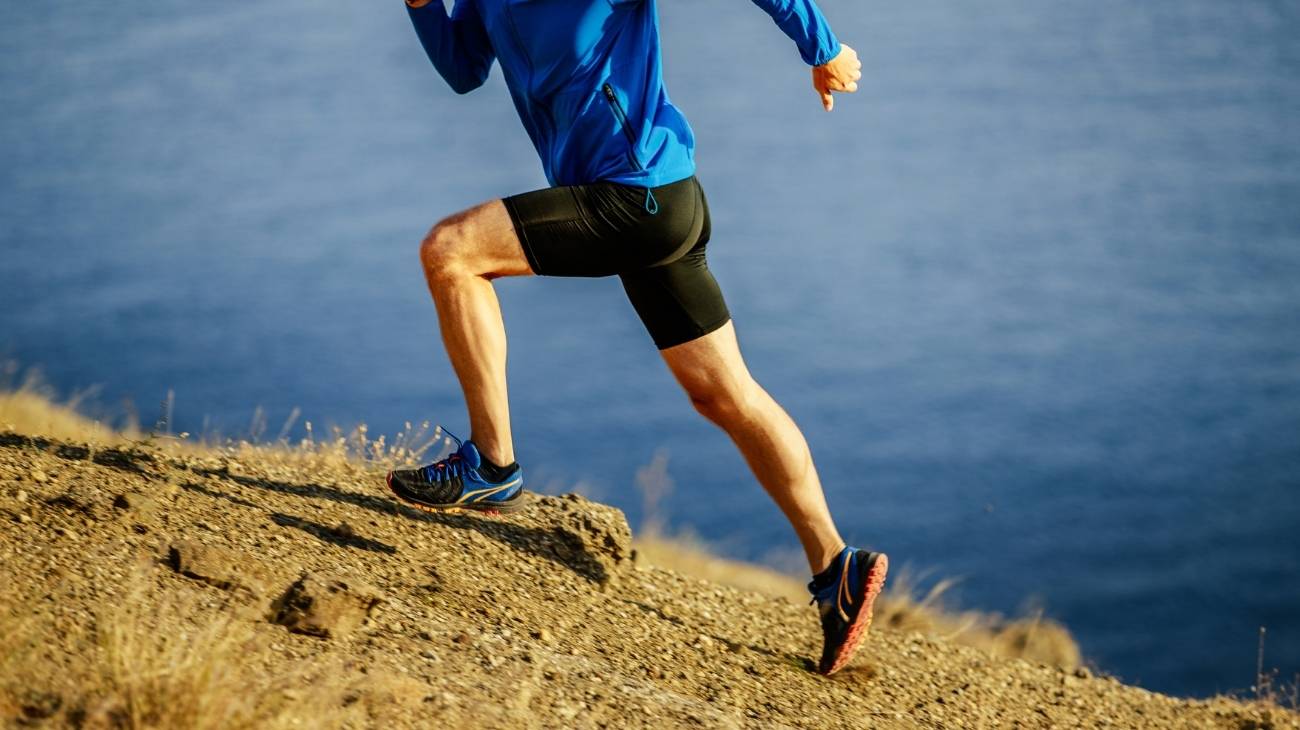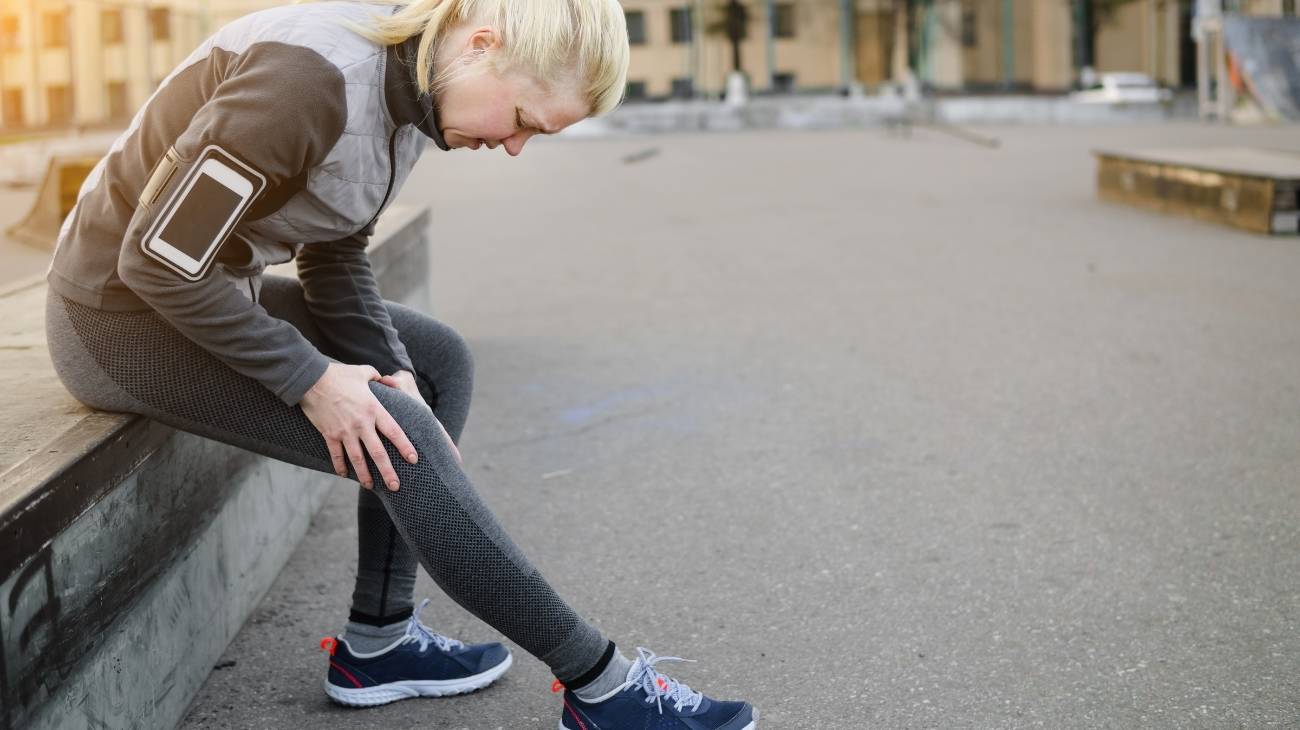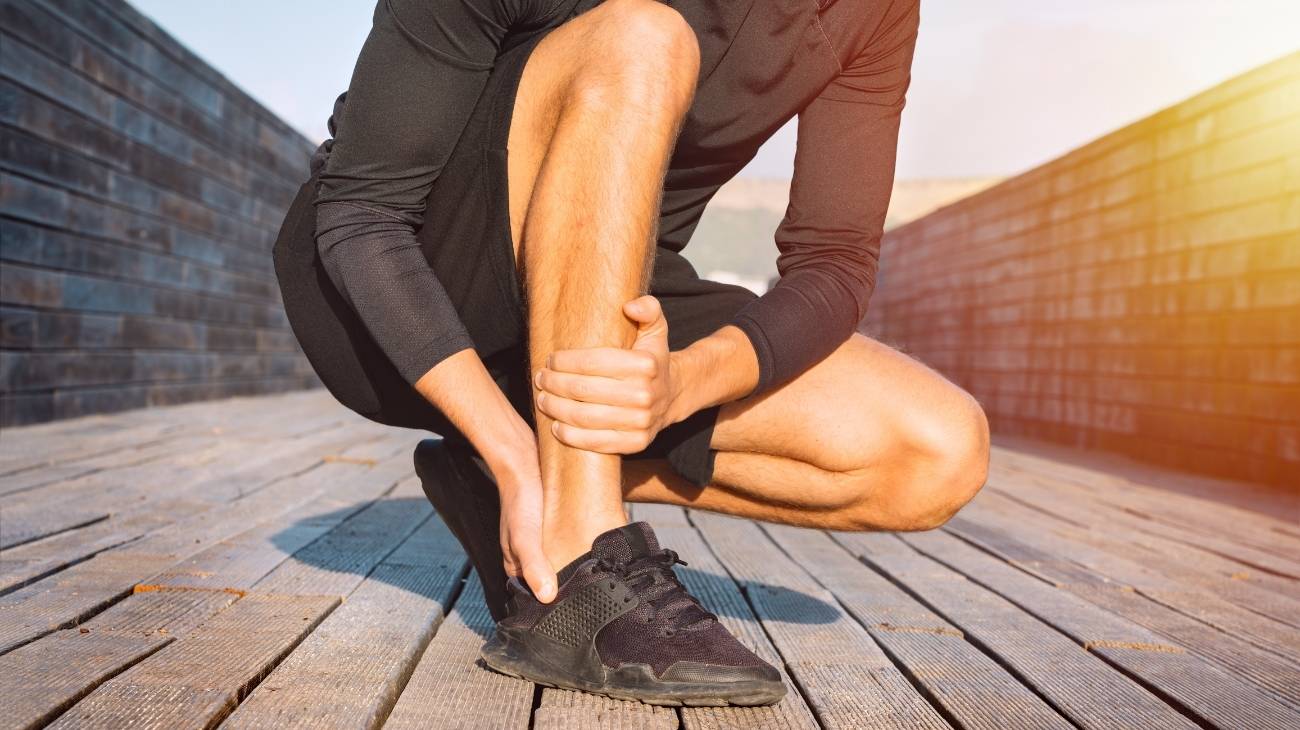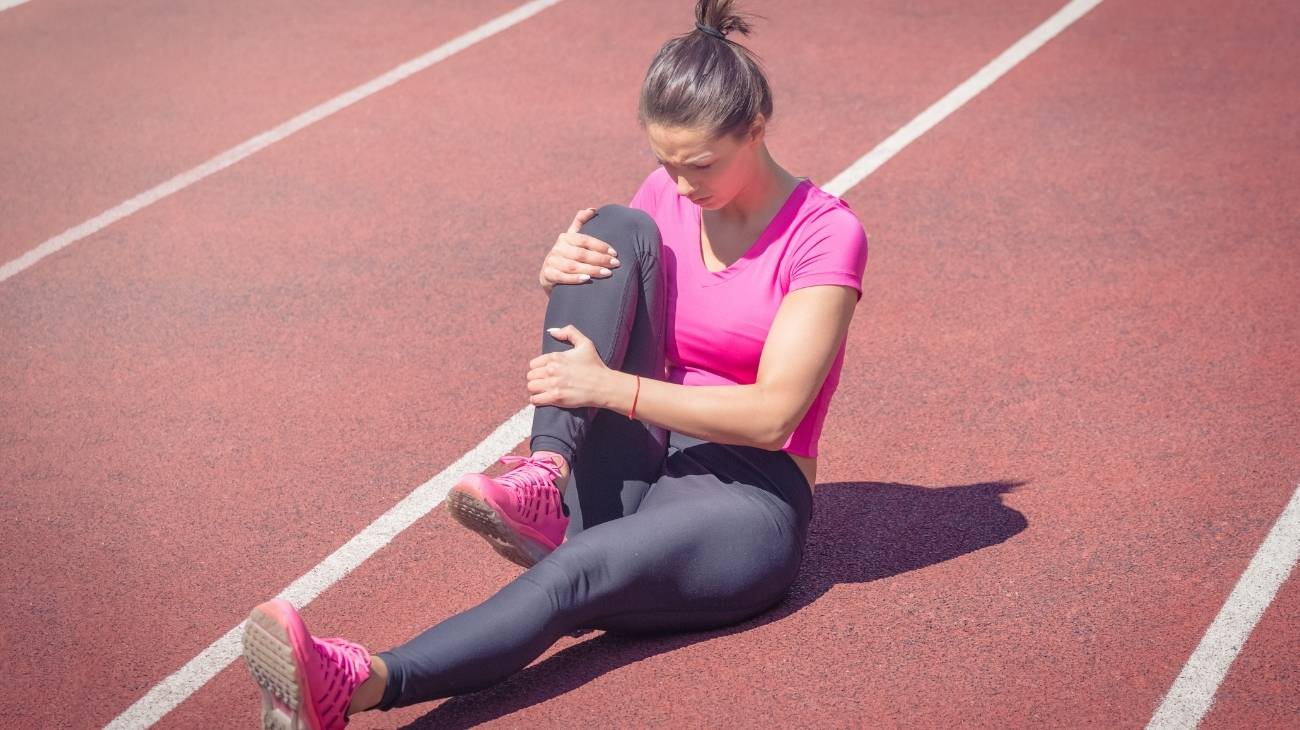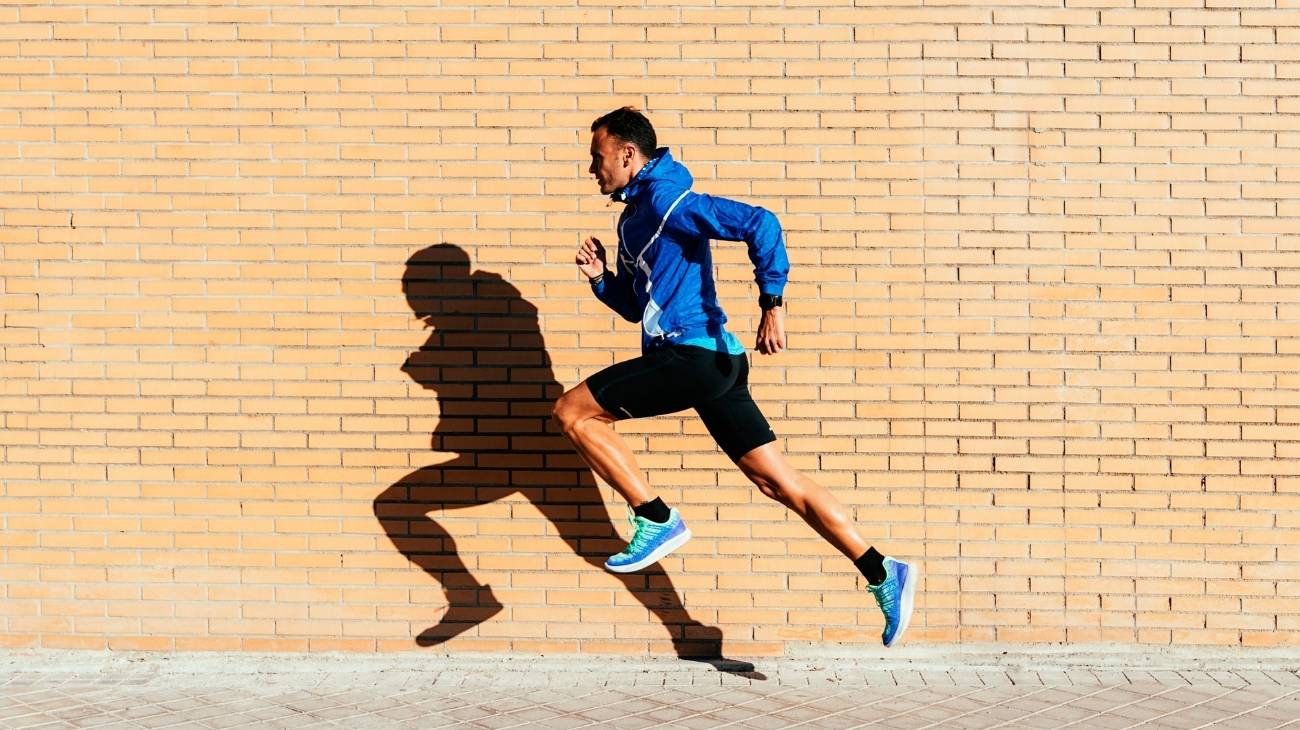For any athlete who uses the lower body as the main part, the knees play a key role in their performance, and running is no exception to this rule. That is why you should try to strengthen them as much as possible, not only to perform at the best possible level, but also to avoid injuries and run without discomfort.
Here we will show you which knee injuries cause the most problems for runners all over the world, as well as how to relieve the pain using the well-known PRICE first aid therapy.
What are the most common types of knee injuries when running?
The stresses and strains placed on the knees during a run are high. Fortunately, they are one of the most reliable and resilient joints in our bodies, but when they reach their limits or the muscles and tendons that protect them fail, they can suffer from injuries such as those listed below.
Patellar tendonitis
The patella and the upper head of the tibia are connected by the patellar tendon, a strong, small cord of fibrous tissue that holds the two bony structures together. However, this tendon often absorbs some of the impact generated during running, and this stress can end up irritating it and causing it to become inflamed.
Inflammation of the patellar tendon causes pain in the centre of the knee, as well as an uncomfortable stiffness in order to be able to bend the knee freely. Treatment is basically rest and the application of ice several times a day to gradually reduce the inflammation. Although it is a minor injury, it must be fully healed or the risk of recurrence will be high.
Meniscal tears in the knee
Menisci are cartilaginous tissues that lie in the middle of the junction of two bones within a joint. Although they are always related to the knee, which has two pairs of menisci; the medial menisci, which are inside the joint, and the lateral menisci, which are outside the joint, they are also present in other joints, such as the wrist.
In the knee, the menisci are often torn by a sudden movement of the joint that pushes them to the limit, with the lateral menisci being the ones that suffer most in these cases. In runners, they are torn when a fall or a bad step causes a sprain in the knee, which causes a lot of pain and will certainly leave the runner out of practice for several weeks.
Knee sprain
The knee can naturally perform a backward flexing movement, which serves to lift the calf. When the knee is forced to flex in any other direction, such as sideways, the ligaments that make up the knee are stretched and partially or completely torn, resulting in a sprain.
In running it can be caused by an unfortunate footfall while running on an uneven surface, or by a fall that causes the full weight of the body to force the joint into an unnatural movement. This will cause a lot of pain and force the runner not only to stop the activity, but also to see a doctor to assess whether the ligament or meniscus damage is mild or severe.
Ruptured anterior cruciate ligament (ACL)
The knee joint is made up of four ligaments including the anterior cruciate ligament, which connects the posterior-lateral part of the femur to the antero-medial part of the tibia. If the runner suffers a sprain during a race, this ligament can rupture completely, causing a very serious injury with a lot of pain.
Although it is very rare for something like this to happen in running, as the sprain that causes such damage is usually preceded by a direct blow to the calf or joint, the possibility is latent in specialties such as mountain races in which the uneven terrain of the mountain routes can cause unexpected falls of the runner.
Iliotibial band syndrome
This injury is medically known as iliotibial band syndrome, which is a cord that connects the outside of the hip to its counterpart in the knee, giving stability to both joints. In running it is very common for it to become inflamed right at the connection with the tibia as a result of the friction generated by running.
This tendonitis causes severe pain on the outside of the knee and can extend down the leg to the hip. The solution is to rest and apply ice several times a day combined with natural anti-inflammatories (camomile, harpagofito, arnica, etc.). You must be patient because if you return to physical activity without a full recovery, it can become a chronic problem.
Knee bursitis
If we practice running, knee bursitis is usually a very common injury, this occurs when the synovial fluid sac of the knee becomes inflamed as a result of using shoes that do not absorb the impact generated when running, when we run long distance races without adequate preparation or due to weakness of the surrounding muscles of the knee. Such inflammation is known as bursitis, which causes pain, stiffness and redness in the joint.
To resolve this injury, it is best to rest for several days, even up to a couple of weeks until the inflammation is reduced, because if this precaution is not taken, it can become a recurring injury. When resuming activity, do so gradually and without forcing.
Best products for the recovery of knee injuries in running
Bestseller
-
2 Knee Compression Sleeve (Black/Gray)
£17,50 -
2 Knee Compression Sleeve (Green/Navy)
£17,50 -
2 Knee Compression Sleeve (Pink/Bordeaux)
£17,50 -
2 Patella Knee Strap (Black/Gray)
£12,95 -
2 Patella Knee Strap (Green/Navy)
£12,95 -
2 Patella Knee Strap (Pink/Bordeaux)
£12,95 -
Microwave Wheat Bag for Back Pain Relief (Extra Large) (Hearts)
£25,50 -
Microwave Wheat Bag for Back Pain Relief (Extra Large) (Oxford)
£25,50 -
Microwave Wheat Bag for Back Pain Relief (Extra Large) (Sport)
£25,50 -
Microwaveable Wheat Bag for Pain Relief (Hearts)
£17,50 -
Microwaveable Wheat Bag for Pain Relief (Oxford)
£17,50 -
Microwaveable Wheat Bag for Pain Relief (Sport)
£17,50 -
Wheat Bag for Microwave Classic Bottle Shaped (Hearts)
£17,50 -
Wheat Bag for Microwave Classic Bottle Shaped (Oxford)
£17,50 -
Wheat Bag for Microwave Classic Bottle Shaped (Sport)
£17,50
How to apply the RICE therapy to treat knee injuries in runners and athletes?
Protection, rest, ice, compression and elevation. These are the steps described in the PRICE therapy, an update of the RICE therapy created in the 1970s with the intention of indicating the first aid necessary to treat an injury in the first few minutes.
Here's how to do it correctly on the knee:
- Protection: it is essential to protect the injured knee so that it does not get hit again and worsen the injury. A classic bandage can be used for this purpose.
- Rest: rest is necessary as long as the extent of the injury is not known, because if it is a partial tear, any movement could end up rupturing the affected tendon or ligament.
- Ice: ice is used to compress the blood vessels so that the inflammation is reduced, as well as to desensitise the joint a little to relieve pain. Apply cold for the first 48-72 hours.
- Compression: when the swelling is controlled, a compressive bandage is applied to the knee to prevent it from swelling again in the following minutes; it is also practical to use a compression knee brace.
- Elevation: to finish, lie on your back and rest your knee on a bench so that your leg is above the level of your heart and the blood supply to it is reduced.
References
- James, S. L. (1995). Running injuries to the knee. JAAOS-Journal of the American Academy of Orthopaedic Surgeons, 3(6), 309-318. https://journals.lww.com/jaaos/Abstract/1995/11000/Running_Injuries_to_the_Knee.1.aspx
- James, S. L. (1998). Running injuries of the knee. Instructional Course Lectures, 47, 407-417. https://europepmc.org/article/med/9571442
- Mellinger, S., & Neurohr, G. A. (2019). Evidence based treatment options for common knee injuries in runners. Annals of translational medicine, 7(Suppl 7). https://www.ncbi.nlm.nih.gov/pmc/articles/PMC6829001/
- Messier, S. P., Legault, C., Schoenlank, C. R., Newman, J. J., Martin, D. F., & DeVita, P. (2008). Risk factors and mechanisms of knee injury in runners. Medicine & Science in Sports & Exercise, 40(11), 1873-1879. https://citeseerx.ist.psu.edu/document?repid=rep1&type=pdf&doi=67cdb5716336b0b67d5b5f20e943dec73928cc78
- Newell, S. G., & Bramwell, S. T. (1984). Overuse injuries to the knee in runners. The Physician and Sportsmedicine, 12(3), 80-92. https://www.tandfonline.com/doi/abs/10.1080/00913847.1984.11701796
- Fields, K. B., Sykes, J. C., Walker, K. M., & Jackson, J. C. (2010). Prevention of running injuries. Current sports medicine reports, 9(3), 176-182. https://journals.lww.com/acsm-csmr/Fulltext/2010/05000/Prevention_of_Running_Injuries.00014.aspx
- Van Mechelen, W. (1992). Running injuries: a review of the epidemiological literature. Sports medicine, 14, 320-335. https://link.springer.com/article/10.2165/00007256-199214050-00004
- Messier, S. P., & Pittala, K. A. (1988). Etiologic factors associated with selected running injuries. Medicine and science in sports and exercise, 20(5), 501-505. https://europepmc.org/article/med/3193867
- Lysholm, J., & Wiklander, J. (1987). Injuries in runners. The American journal of sports medicine, 15(2), 168-171. https://journals.sagepub.com/doi/abs/10.1177/036354658701500213
- Hamill, J., van Emmerik, R. E., Heiderscheit, B. C., & Li, L. (1999). A dynamical systems approach to lower extremity running injuries. Clinical biomechanics, 14(5), 297-308. https://www.sciencedirect.com/science/article/abs/pii/S0268003398900924

